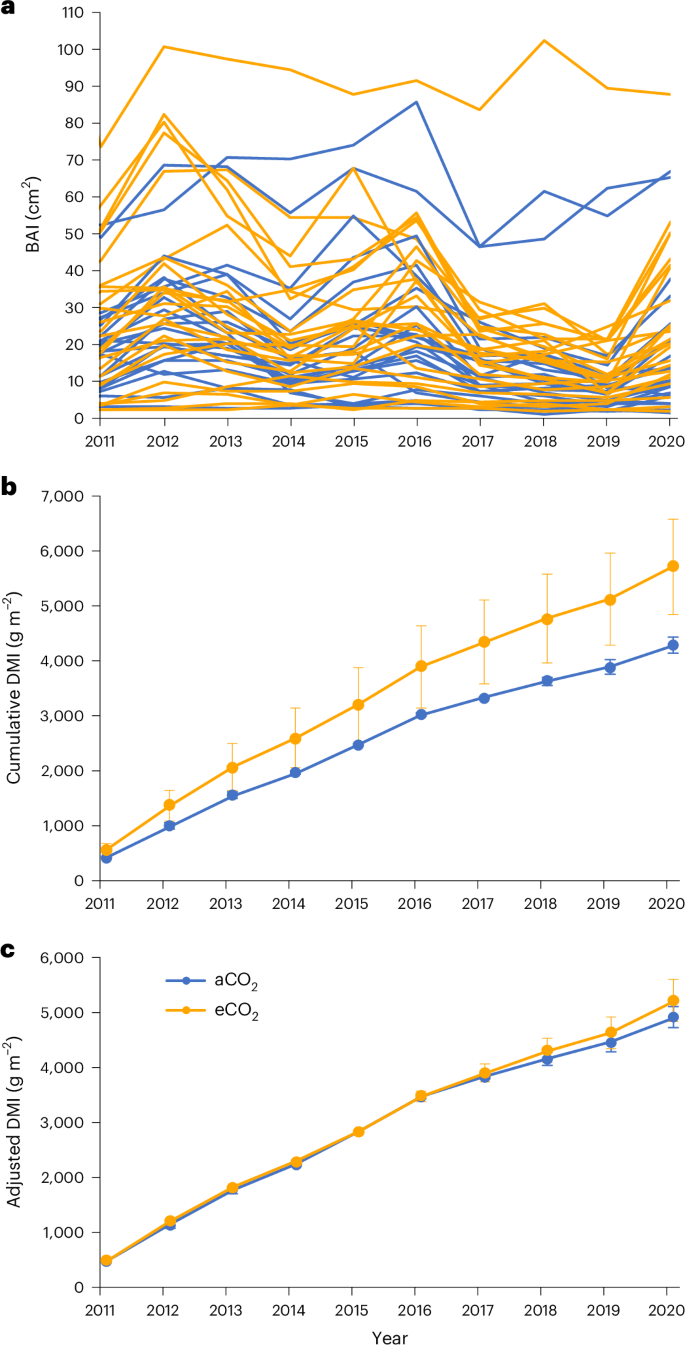2024-08-14 カリフォルニア大学バークレー校(UCB)
<関連情報>
- https://news.berkeley.edu/2024/08/14/rocks-collected-on-mars-hold-key-to-water-and-perhaps-life-on-the-planet-bring-them-back-to-earth/
- https://agupubs.onlinelibrary.wiley.com/doi/full/10.1029/2024AV001241
- https://tiisys.com/blog/2022/08/26/post-110420/
- https://tiisys.com/blog/2022/08/26/post-110416/
火星ジェゼロ・クレーターの堆積扇状地前線でパーサヴィアランス・ローバーが採取した岩石の宇宙生物学的可能性 Astrobiological Potential of Rocks Acquired by the Perseverance Rover at a Sedimentary Fan Front in Jezero Crater, Mars
T. Bosak, D. L. Shuster, E. L. Scheller, S. Siljeström, M. J. Zawaski, L. Mandon, J. I. Simon, B. P. Weiss, K. M. Stack, E. N. Mansbach, A. H. Treiman, K. C. Benison, A. J. Brown, A. D. Czaja …
AGU Advances Published: 14 August 2024
DOI:https://doi.org/10.1029/2024AV001241

Abstract
The Perseverance rover has collected seven oriented samples of sedimentary rocks, all likely older than the oldest signs of widespread life on Earth, at the exposed base of the western fan in Jezero crater, Mars. The samples include a sulfate- and clay-bearing mudstone and sandstone, a fluvial sandstone from a stratigraphically low position at the fan front, and a carbonate-bearing sandstone deposited above the sulfate-bearing strata. All samples contain aqueously precipitated materials and most or all were aqueously deposited. Although the rover instruments have not confidently detected organic matter in the rocks from the fan front, the much more sensitive terrestrial instruments will still be able to search for remnants of prebiotic chemistries and past life, and study Mars’s past habitability in the samples returned to Earth. The hydrated, sulfate-bearing mudstone has the highest potential to preserve organic matter and biosignatures, whereas the carbonate-bearing sandstones can be used to constrain when and for how long Jezero crater contained liquid water. Returned sample science analyses of sulfate, carbonate, clay, phosphate and igneous minerals as well as trace metals and volatiles that are present in the samples acquired at the fan front would provide transformative insights into past habitable environments on Mars, the evolution of its magnetic field, atmosphere and climate and the past and present cycling of atmospheric and crustal water, sulfur and carbon.
Key Points
- The Perseverance rover has collected seven cores of aqueously deposited sandstones and siltstones at the front of Jezero’s western fan
- Hydrated sulfate, clay and carbonate minerals in the cores record the history of Mars’s volatiles and surface habitability
- The same minerals may preserve organic and inorganic signals of abiotic, prebiotic and biological processes
Plain Language Summary
The Perseverance rover collected seven oriented samples of bedrock at the front of the apron-like sediment deposit in the western side of Jezero crater, Mars. Grains and cements in these sedimentary rocks were likely deposited by water or formed in the presence of water in a range of past environments that predate the first signs of life on Earth. This study describes the geologic context and chemical composition of these samples and discusses how, upon return to Earth, they can be used to search for potential signs of past life, understand when and for how long Mars was habitable and why its climate changed. Studies of the returned samples would seek to detect and analyze organic compounds that may be present below the detection limit of the rover instruments, particularly in the finest-grained rocks, and look for the traces of prebiotic processes or past life in all collected samples of sedimentary rocks. Additional analyses can also constrain tell us when, why and for how long the rivers and lakes existed in Jezero crater. The presence of diverse materials in rocks that were deposited by or into water can transform current views of Mars science and habitability outside of Earth.



